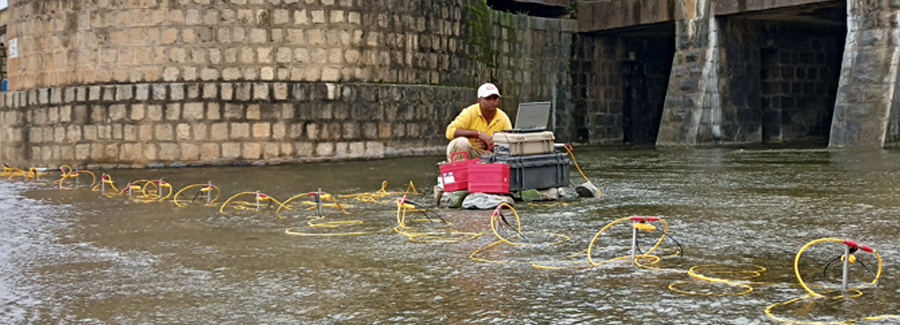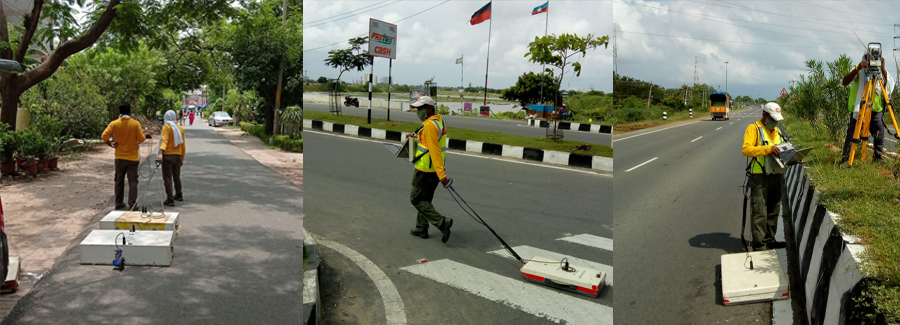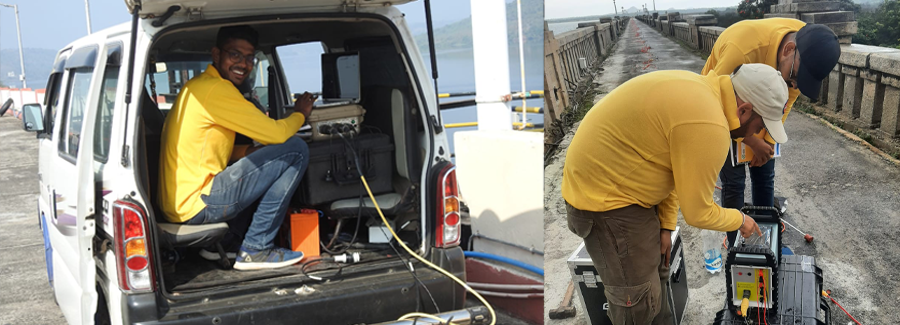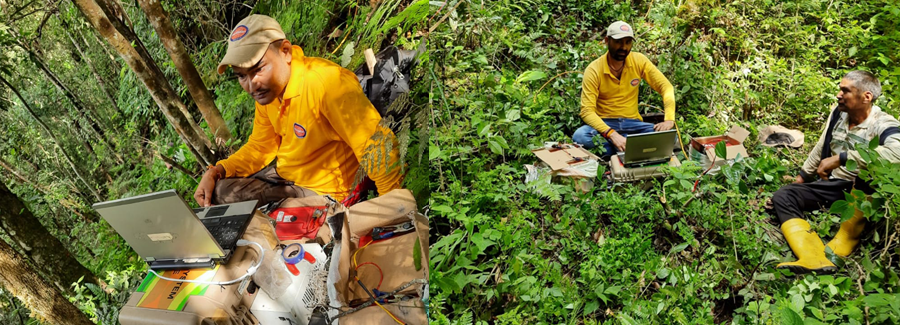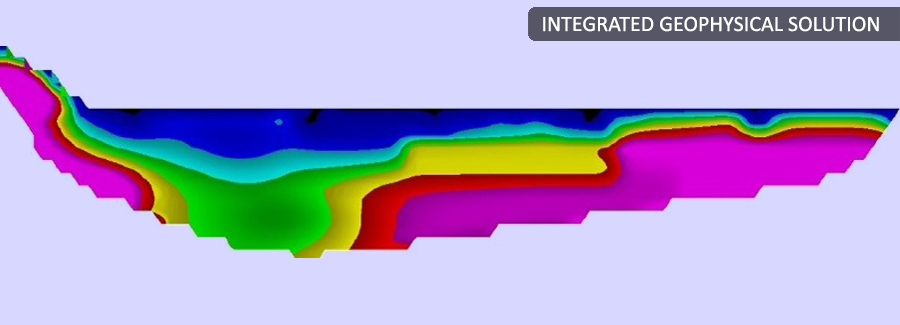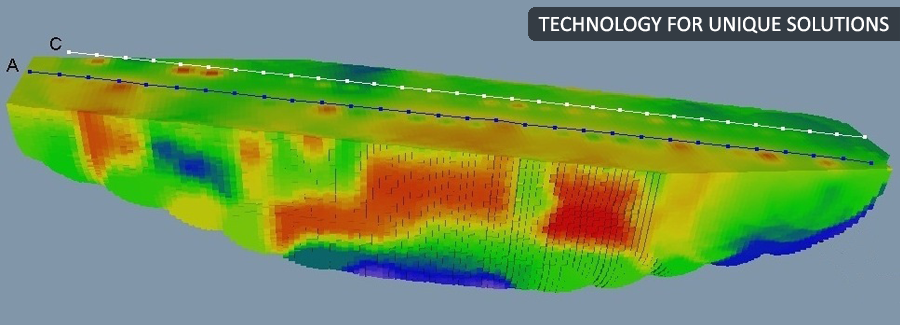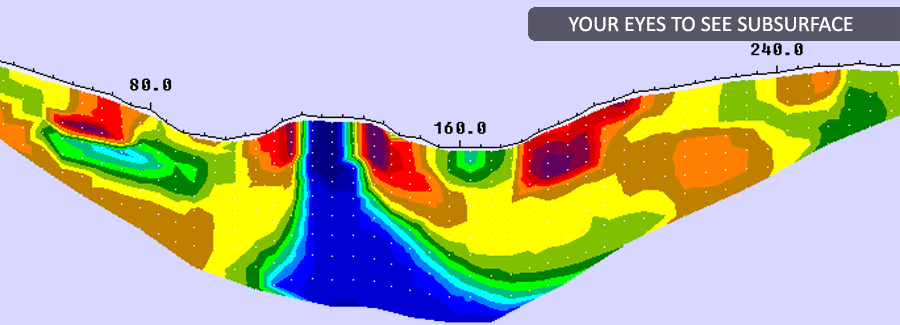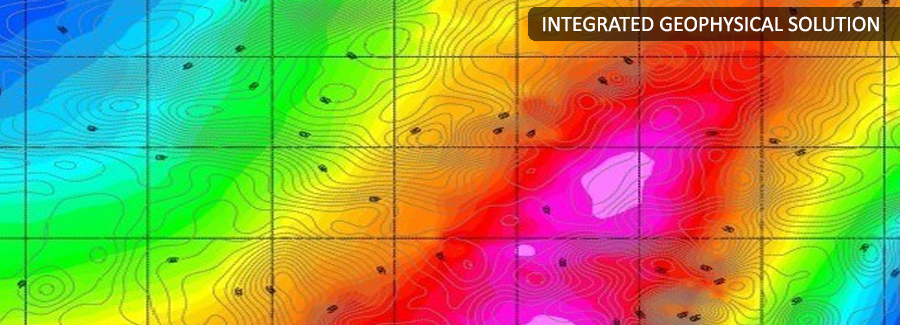Pipeline Leak Detection
Back to ServicesPARSAN represents the complete range of services associated with innovative Water pipeline Leak Detection Systems to identify visible and invisible leaks to reduce the leakages in water supply in cities. The services broadly cover zone measurement using immobile or mobile meters and localizing leaks with the help of acoustic signals. The whole leak detection system is integrated with GIS systems to develop further applications.
The Importance of Pipeline Leak Detection
Installing underground pipes and fittings of a drinking water network system generates significant costs for utilities. Pipeline Leak Detection networks waste precious resources, with the water losses requiring substantial additional financial resources for water purification purposes and for the operation of oversized network structures (pumps, pipes, reservoirs, etc.). Already minor leaks can cause massive financial losses. Therefore, any damage to a pipe network has to be detected and remedied as quickly as possible.
In general, the leakage-borne noise is used to locate a leakage on a pipe. As soon as a liquid escapes a pipe at a damaged spot, shock waves are generated which travel along the water column in both directions in a sinusoidal way. Wherever these shock waves collide with the pipe material, the pipe material is stimulated to vibrate. These mechanical vibrations are called structure-borne sound waves. The farther the waves travel, the less intensive they become. And finally, there is a point where the shock waves no longer make the pipe material vibrate and thus no longer generate any noise. This, of course, strongly depends on the kind of soil, its compaction level, the pipe material, the operation pressure, and other factors.
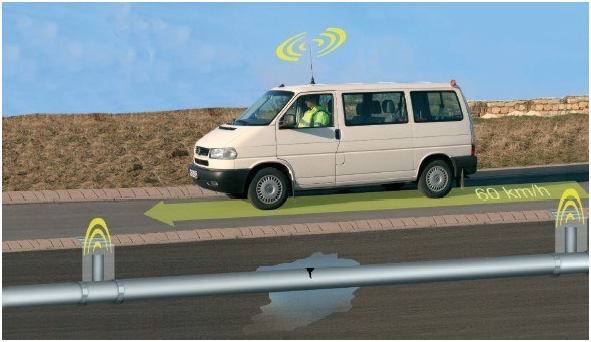
Leak Detection Method
Zone Measurement
In general, leakage detection activities are separated into zone measurement, leakage pre-locating, and pinpointing. We at PARSAN offer all three types of leakage detection from one source.
Zone measurement allows quantifying a leak by measuring the zero-consumption status at night (2:00–4:00 am), thus identifying those areas hosting the biggest leaks. Natural zone limiters are applied to monitor the feeding quantities through firmly installed, immobile meters in basins and at pump stations. If immobile meters cannot be installed in a section or zone, mobile flow-rate meters are applied to measure the flow of fluid.
Pre-Locating
Pre-locating means roughly localizing leaks by systematically listening to pipe network contact points that are directly accessible such as hydrants or valves. The principle is relatively simple: more intensive noise = leak is closer; less intensive noise = leak is farther away. This principle allows narrowing a leak to a certain section between two contact points.
The accuracy achieved is usually not sufficient to start excavating. Therefore, subsequent pinpointing is recommended.
The area which has already been pre-selected through correlator, test rod microphone, and noise logger activities is now listened to with an electro-acoustic listening device to pinpoint the exact leakage spot by locating the highest noise level. The device accuracy usually limits excavating to a minimum and thus provides resource-optimized network maintenance.
Advanced Techniques for Water Pipeline Leak Detection
PARSAN also specializes in using geophysical tools like ground-penetrating radar and geophones to detect water pipeline Leak Detection in difficult conditions where conventional methods like Leak Noise Correlators are less effective.
Geophones for Leak Detection
Highly sensitive geophones are planted along the pipeline route to listen to noise created by leaking water. This technique does not require the pipe to be exposed at any place and has an advantage in completely buried pipe sections.
Ground Penetrating Radar
Ground Penetrating Radar detects minor changes in soil permittivity caused by leaking fluid. This innovative method is highly effective for detecting leaks that might otherwise go unnoticed using traditional approaches.



